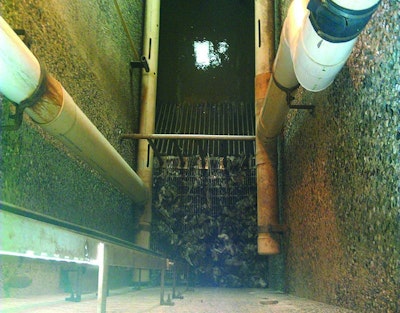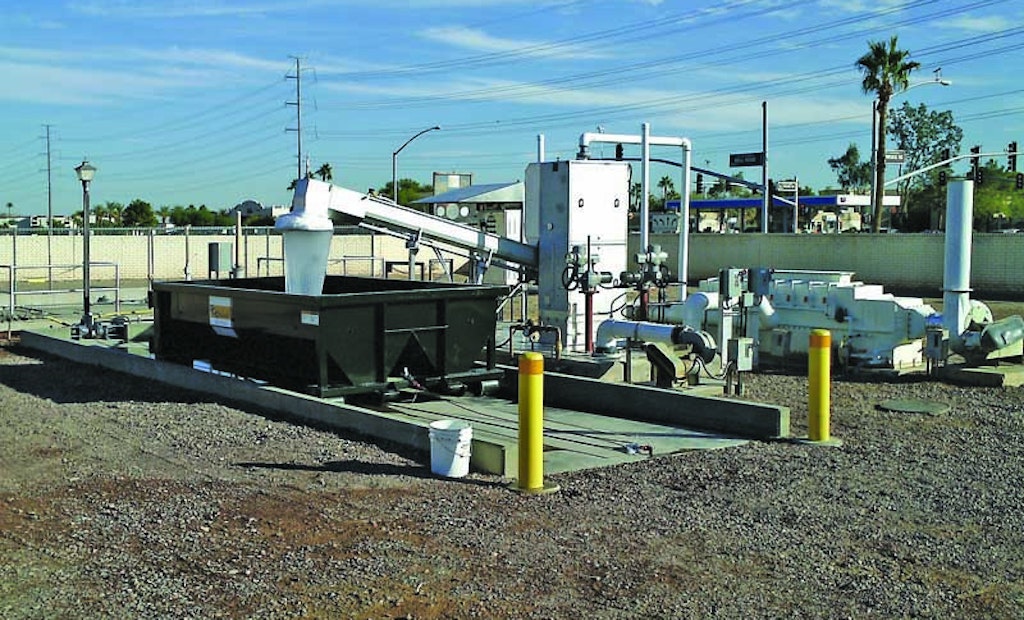An antiquated 2-inch manual bar screen allowed inorganics smaller than a bed sheet to enter the Bell Road Lift Station in Sun City West, Arizona. Material routinely clogged the four 250 hp horizontal slurry pumps from KSB.
At the headworks 5 miles away, the flow split over...









